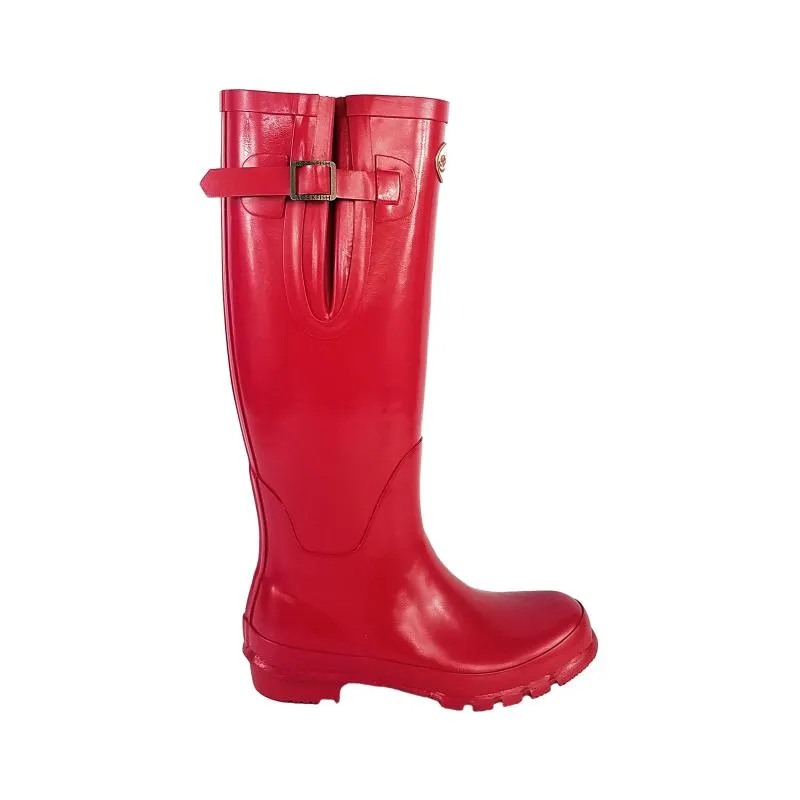Water Boots for Fishing A Guide to Angling Comfort and Safety
Fishing is one of the most relaxing and rewarding outdoor activities you can engage in. Whether you're standing in a flowing river, wading through the shallow edges of a lake, or casting lines from the shore, having the right gear is essential. Among the most critical pieces of fishing equipment are water boots. Designed for both comfort and protection, water boots can significantly enhance your fishing experience. This article explores the importance of water boots, their features, and how to choose the right pair for your fishing adventures.
Why Water Boots Matter
Water boots, often referred to as waders, are more than just footwear. They serve multiple purposes that cater specifically to the needs of anglers
1. Protection Water boots shield your feet from cold water, rocky surfaces, and sharp objects. Whether you're wading in a stream or fishing from the shore, sturdy boots can prevent injuries and keep your feet warm.
2. Comfort Fishing often involves standing or walking for extended periods. A good pair of water boots offers cushioning and support, reducing fatigue and ensuring you can enjoy your day on the water.
3. Traction Many water boots are designed with specialized soles that provide excellent grip on wet surfaces. This feature is crucial to prevent slips and falls, especially when navigating slippery rocks or muddy banks.
Key Features to Look For
When selecting water boots for fishing, consider the following features
1. Material Water boots can be made from various materials including rubber, neoprene, and breathable fabrics. Rubber boots are durable and waterproof, making them great for colder conditions. Neoprene offers insulation while providing flexibility, perfect for cooler waters. Breathable fabrics are suitable for warm weather, allowing moisture to escape while keeping water out.
water boots fishing

2. Height Water boots come in various heights, from ankle to hip. The height you choose will depend on your fishing environment. For shallow waters, ankle or mid-calf boots should suffice, while deeper water may require thigh or chest waders.
3. Fit and Comfort Ensure your boots fit well — not too tight or loose. A snug fit prevents blisters and provides the necessary support. Many brands offer boots with adjustable straps or sizes that cater to both wide and narrow feet.
4. Insulation If you're fishing in cold weather, look for insulated boots. Insulation keeps your feet warm even when standing in frigid waters. Check the thickness of the insulation; typically, 3mm to 5mm is suitable for cold conditions.
5. Sole Design The sole of your boots should provide good traction. Look for boots with a rubber sole that has a tread pattern designed for wet conditions. Some boots even have felt soles, which offer superior grip on slippery surfaces.
Additional Tips for Care and Maintenance
To ensure your water boots last for many fishing trips, follow these care tips
- Clean after use Rinse off mud, sand, or saltwater to prevent deterioration. - Dry properly Allow your boots to air out completely before storing. Avoid direct sunlight to prevent cracking. - Inspect regularly Check for any signs of damage, such as cracks or leaks. Repair or replace as necessary to maintain functionality.
Conclusion
Water boots are an essential part of any angler's gear, offering comfort, protection, and improved safety while fishing. By choosing the right pair, considering factors such as material, fit, and insulation, you can enhance your fishing experience significantly. Whether you're a seasoned pro or just starting, investing in a quality pair of water boots will ensure you stay comfortable and safe on your fishing adventures. So, gear up and get ready to cast your line into the water with confidence!
-
Stay Dry in Any Condition with WadersNewsJul.17,2025
-
Elite Performance with Camouflage Combat BootsNewsJul.17,2025
-
Dry and Comfortable with Green Rubber Garden ShoesNewsJul.17,2025
-
Convenient Protection with Foldable RainbootsNewsJul.17,2025
-
Comfort and Protection with Neoprene Work BootsNewsJul.17,2025
-
Brighten Rainy Days with Floral Rain BootsNewsJul.17,2025
-
Safety Wellies: The Ultimate Combination of Protection, Comfort, and VisibilityNewsJun.19,2025











